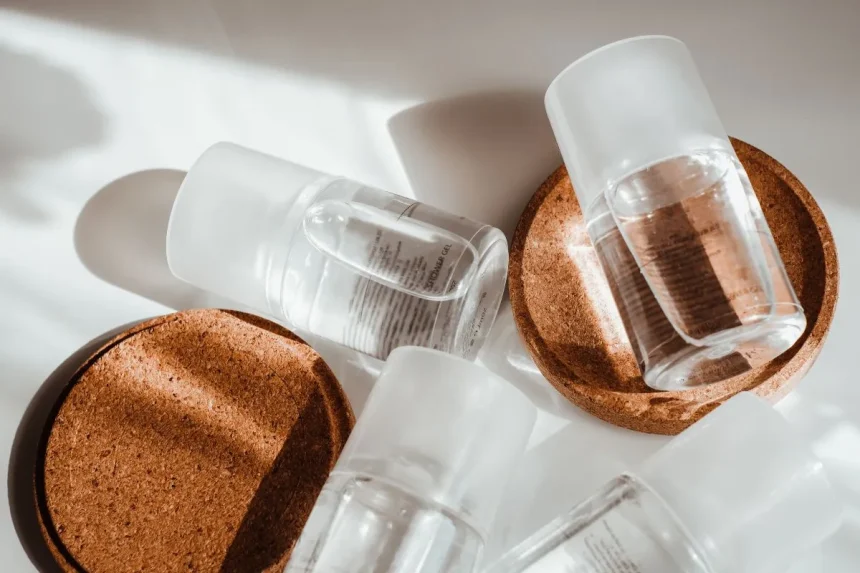Maintaining healthy skin is a fundamental part of overall health and well-being. A comprehensive skin care routine not only helps you achieve a glowing complexion but also addresses issues such as acne, dryness, and premature aging. This guide will walk you through the essential steps of a skin care routine, explain the importance of each step, and offer tips for different skin types.
Understanding Your Skin Type
Before diving into the specifics of a skin care routine, it’s crucial to understand your skin type. There are five primary skin types:
- Normal Skin: Balanced, neither too oily nor too dry.
- Oily Skin: Excess sebum production, prone to acne and enlarged pores.
- Dry Skin: Lack of moisture, often feels tight and can be flaky.
- Combination Skin: Oily in some areas (usually the T-zone) and dry in others.
- Sensitive Skin: Easily irritated, prone to redness and reactions.
Identifying your skin type will help you choose the right products and tailor your routine to meet your skin’s specific needs.
The Basic Skin Care Routine

A basic skin care routine includes cleansing, toning, moisturizing, and applying sunscreen. Here’s a step-by-step breakdown:
- Cleansing
- Purpose: Removes dirt, oil, makeup, and impurities from the skin.
- How to: Use a gentle cleanser that suits your skin type. For oily skin, opt for a foaming cleanser; for dry skin, a hydrating or cream-based cleanser works best.
- Tip: Cleanse twice daily (morning and night) to keep your skin fresh and clean.
- Toning
- Purpose: Balances the skin’s pH, removes residual impurities, and prepares the skin for better absorption of subsequent products.
- How to: Apply toner with a cotton pad or your hands and gently pat it into the skin.
- Tip: Look for alcohol-free toners to avoid drying out the skin.
- Moisturizing
- Purpose: Hydrates the skin, locks in moisture, and helps repair the skin barrier.
- How to: Choose a moisturizer suitable for your skin type. For oily skin, use a lightweight, oil-free moisturizer; for dry skin, a richer, cream-based moisturizer is ideal.
- Tip: Apply moisturizer while your skin is still slightly damp to seal in hydration.
- Sun Protection
- Purpose: Protects the skin from harmful UV rays, prevents sun damage, and reduces the risk of skin cancer.
- How to: Use a broad-spectrum sunscreen with at least SPF 30 every morning, even on cloudy days.
- Tip: Reapply every two hours if you’re outdoors for prolonged periods.
Advanced Skin Care Steps
For those looking to address specific skin concerns or enhance their basic routine, consider incorporating these advanced steps:
- Exfoliation
- Purpose: Removes dead skin cells, unclogs pores, and promotes cell turnover.
- How to: Use a chemical exfoliant (like AHA/BHA) or a physical exfoliant (scrub) once or twice a week, depending on your skin’s tolerance.
- Tip: Be gentle to avoid irritation and always follow up with sunscreen, as exfoliation can make your skin more sensitive to the sun.
- Serums and Treatments
- Purpose: Target specific skin issues such as hyperpigmentation, fine lines, and acne.
- How to: Apply serums after cleansing and toning but before moisturizing. Choose serums with active ingredients like Vitamin C, hyaluronic acid, or retinoids.
- Tip: Introduce new treatments slowly to see how your skin reacts.
- Masks
- Purpose: Provide intensive treatment for various skin concerns.
- How to: Use masks once or twice a week. Clay masks are great for oily skin, while hydrating masks benefit dry skin.
- Tip: Follow the instructions on the mask packaging for the best results.
Customizing Your Routine for Different Skin Types
Each skin type requires a tailored approach to achieve optimal results:
- Normal Skin
- Stick to the basics: gentle cleanser, hydrating toner, lightweight moisturizer, and sunscreen.
- Optional: Use a mild exfoliant and antioxidant serum for added glow.
- Oily Skin
- Use a foaming or gel cleanser to control oil.
- Choose an astringent toner to minimize pores.
- Opt for oil-free, non-comedogenic moisturizers and sunscreens.
- Incorporate salicylic acid-based treatments to manage acne.
- Dry Skin
- Use a creamy, hydrating cleanser.
- Choose a toner with hydrating ingredients like hyaluronic acid.
- Apply rich, emollient moisturizers.
- Incorporate hydrating serums and masks.
- Combination Skin
- Use a gentle cleanser that suits both oily and dry areas.
- Apply a balancing toner.
- Use different moisturizers for different areas: lightweight for oily zones and richer for dry patches.
- Exfoliate and use masks to target specific concerns.
- Sensitive Skin
- Choose fragrance-free, hypoallergenic products.
- Use a gentle, non-foaming cleanser.
- Opt for soothing toners with ingredients like chamomile or aloe vera.
- Moisturize with products containing ceramides and avoid potential irritants.
Seasonal Adjustments
Your skin care routine might need adjustments based on the season:
- Summer: Focus on oil control and sun protection. Use lightweight products to avoid clogging pores.
- Winter: Emphasize hydration and protection. Switch to richer creams and avoid long, hot showers that can dry out the skin.
Lifestyle and Diet
Healthy skin isn’t just about the products you use; it’s also influenced by your lifestyle and diet:
- Hydration: Drink plenty of water to keep your skin hydrated from within.
- Diet: Eat a balanced diet rich in fruits, vegetables, lean proteins, and healthy fats. Omega-3 fatty acids (found in fish and flaxseeds) are particularly beneficial for skin health.
- Sleep: Aim for 7-9 hours of quality sleep per night to allow your skin to repair and regenerate.
- Stress Management: Practice stress-reducing activities like yoga, meditation, or exercise to prevent stress-related skin issues.
Common Skin Care Myths
- Myth: You should only use expensive products for good skin.
- Fact: Many affordable products are effective. The key is to find what works for your skin type and concerns.
- Myth: Oily skin doesn’t need moisturizer.
- Fact: Oily skin still needs hydration. Skipping moisturizer can lead to increased oil production as the skin tries to compensate for dryness.
- Myth: Natural products are always better.
- Fact: Not all natural ingredients are safe for all skin types. Always patch test new products and consult with a dermatologist if you have concerns.
- Myth: You should see results from skin care products immediately.
- Fact: It can take weeks to months to see noticeable improvements. Be patient and consistent with your routine.
Conclusion
Developing a consistent and effective skin care routine is essential for maintaining healthy skin. By understanding your skin type, choosing the right products, and making necessary adjustments for different seasons and skin concerns, you can achieve a radiant complexion. Remember, healthy skin also depends on a balanced lifestyle, so stay hydrated, eat well, get enough sleep, and manage stress effectively. With time and dedication, your skin will thank you for the care and attention you give it.
Get more info: https://www.timelinetale.com/







